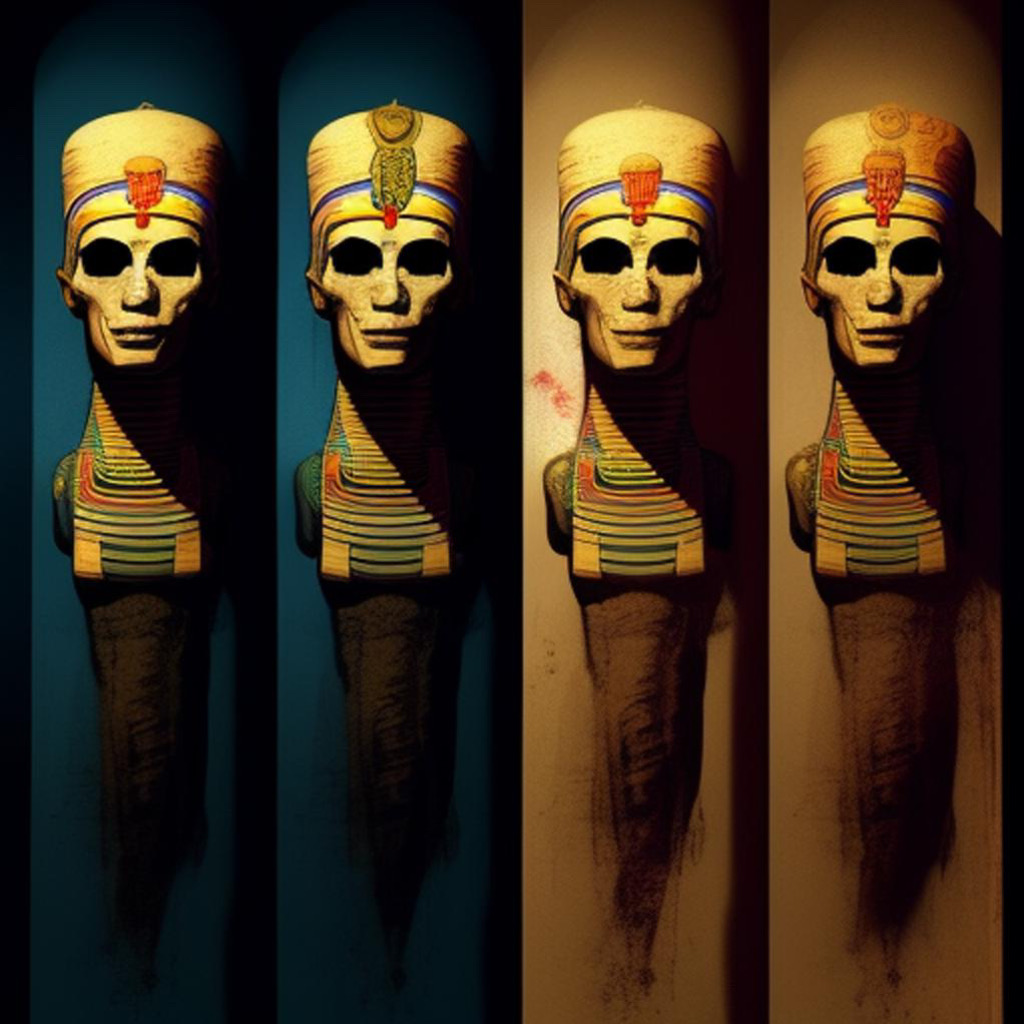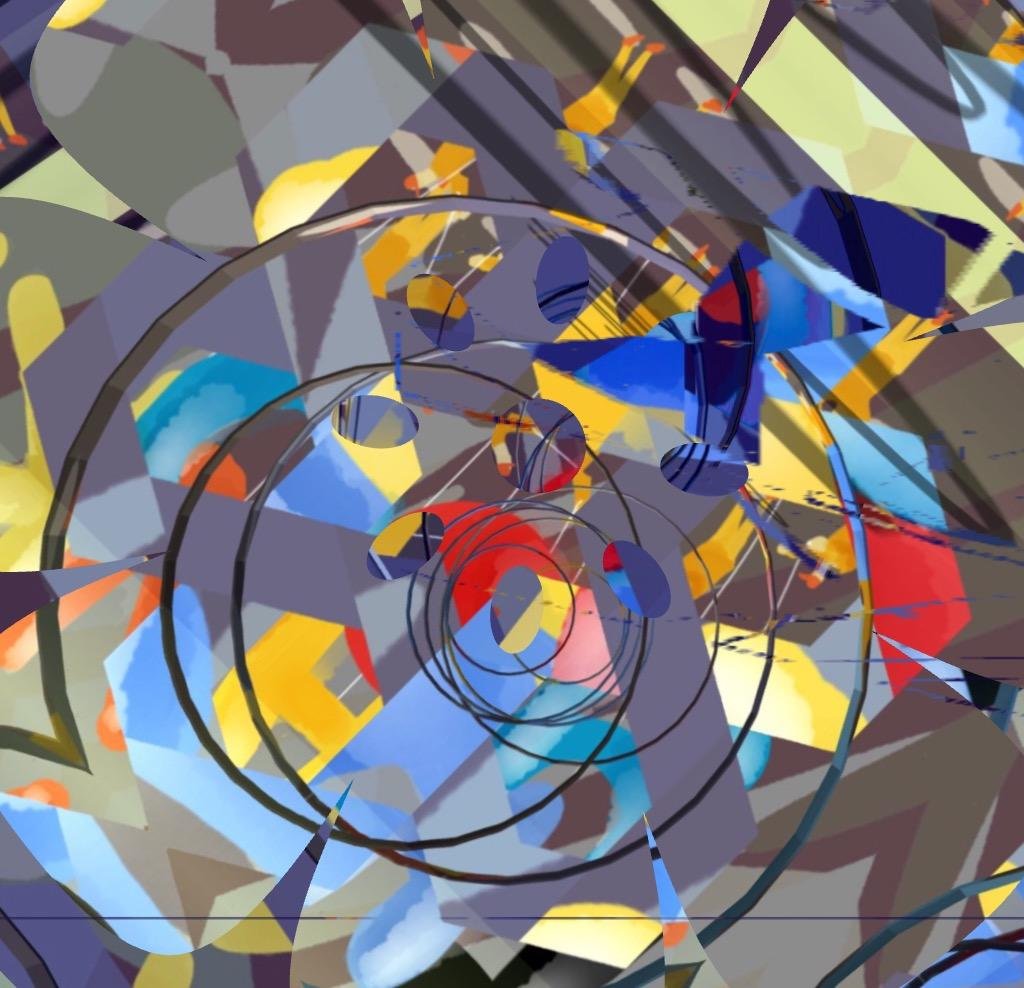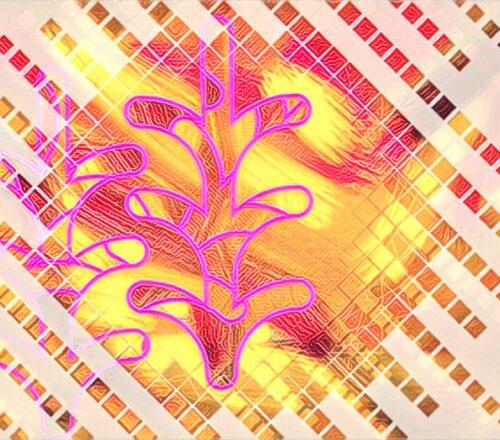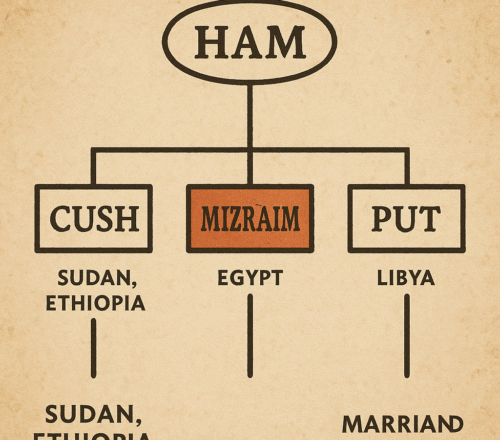
Table of Contents
What was the main reason for Egyptian mummification
The main reason for Egyptian mummification was the belief in the afterlife and the desire to ensure the deceased’s successful journey into the next world. Ancient Egyptians believed that after death, a person’s soul, or “ka,” would need its physical body to recognize and navigate the afterlife. Mummification was a complex and intricate process designed to preserve the body so that the soul could continue its existence in the afterlife.
The process of mummification involved several stages:
- Purification: The body was washed and purified to prepare it for the preservation process.
- Removal of Organs: Internal organs were removed to prevent decay. The heart, however, was left in place, as it was considered the seat of the soul and essential for judgment in the afterlife.
- Drying: The body was dried using natron, a type of salt, to remove moisture and prevent decomposition.
- Wrapping: The body was then wrapped in linen bandages, often accompanied by amulets and charms, which were meant to provide protection and guidance in the afterlife.
- Decoration: The wrappings were often decorated with religious texts, symbols, and images that held significance for the journey to the afterlife.
- Coffin and Tomb: The mummified body was placed in a coffin, which was then often placed within a tomb. The tomb was equipped with items the deceased might need in the afterlife, such as food, clothing, and personal belongings.
The mummification process was a meticulous and ritualistic practice, reflecting the Egyptians’ deep belief in the continuity of life beyond death. It was believed that if the body was properly preserved and the soul provided with the necessary tools, the deceased could continue to enjoy life and maintain a connection with loved ones in the afterlife.
Mummification also had cultural and social significance. It was primarily associated with the elite and ruling classes, as the process required resources, knowledge, and time. Elaborate burials, coffins, and tombs were created to honor and provide for the deceased’s journey to the afterlife.
Mummification was a central aspect of Egyptian religious and cultural beliefs, aiming to ensure the continuity of existence in the afterlife and preserve the connection between the earthly and divine realms.
The brain was not conserved
In the process of ancient Egyptian mummification, the brain was typically not preserved within the body. This practice might seem unusual, but it was rooted in their beliefs and understanding of human anatomy at the time.
One common method of mummification involved removing the internal organs to prevent decay. However, the brain was considered less significant compared to other organs, and its removal was not a standard part of the preservation process. Instead, the brain was often discarded.
The ancient Egyptians believed that the heart was the most important organ, as they considered it the seat of the soul and the center of thought and emotion. They believed that during the judgment of the deceased in the afterlife, the heart would be weighed against the feather of Ma’at, the goddess of truth and justice. If the heart was found to be pure and lighter than the feather, the soul would be allowed to continue its journey to the afterlife.
In contrast, the brain was not accorded the same significance. The Egyptians were not aware of the brain’s role in cognitive functions, and they did not associate it with the essence of a person’s identity or soul. It was believed to be more of a cooling organ or a part of the body that produced mucus.
As a result, during the mummification process, the brain was often extracted through the nose using specialized tools, a procedure known as “excerebration.” The brain matter was discarded, and the focus was on preserving the heart and other vital organs. The heart was left in place, surrounded by the body’s linen wrappings, as it was considered essential for the deceased’s judgment in the afterlife.
The practice of not preserving the brain was deeply rooted in ancient Egyptian beliefs and their understanding of the body’s anatomy. While it might appear unusual to modern perspectives, it was consistent with their cultural and spiritual framework.
They kept the intestines
During the process of mummification in ancient Egypt, the intestines were typically removed from the body and preserved separately. The removal of internal organs, known as “visceral removal,” was a key step in the mummification process.
After the deceased’s body was cleaned and purified, the embalmers would make an incision on the left side of the body. They would then carefully remove the organs located within the body cavity, including the liver, lungs, stomach, and intestines. These organs were believed to be associated with impurities and decay and were not needed in the afterlife.
The organs were then individually treated and preserved. The liver, lungs, and stomach were usually treated with natron (a type of salt) and sometimes herbs, before being wrapped and placed in canopic jars. Each of the four canopic jars was associated with a different deity known as the Four Sons of Horus. These jars, along with the preserved organs, were often placed in the tomb alongside the mummy.
The intestines, which were also removed, were treated and preserved in a similar manner. However, instead of being placed in canopic jars, they were often wrapped in linen and returned to the body cavity. In some cases, a separate container known as a “separate-intestine jar” was used to store the preserved intestines.
The practice of removing and preserving the internal organs was based on the Egyptians’ belief that the body needed to be prepared for the afterlife and that certain organs were essential for the deceased’s successful journey to the realm of the dead. The careful preservation of these organs was an integral part of the mummification process and the broader cultural and religious practices of ancient Egyptian society.
Shop Corner
Mummification on Amazon
Thank you for reading, shares and comments!
✨ Comment Policy ✨
We welcome thoughtful, kind, and constructive comments that contribute to meaningful conversations.
Please note:
- Promotional links and unsolicited offers will be removed.
- Spam, irrelevant content, or self-promotion without prior permission will not be published.
- We value quality engagement over quantity — thank you for helping us keep this a respectful and inspiring space!
Sources openai Language models, aitrot, picsart and mib
Take time to learn
Invest in your future
Embark on a journey into the realm of affiliate marketing and craft your own website within a vibrant, supportive community. Join me in this adventure, where you can begin as a free starter and stay as long as you desire. Enjoy complimentary hosting and foundational teachings to set you on your path. For those with advanced skills, opportunities to elevate your expertise await. Take a moment to explore and witness the magic for yourself!




